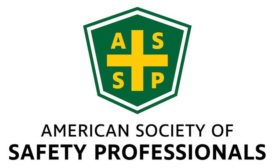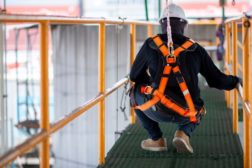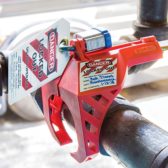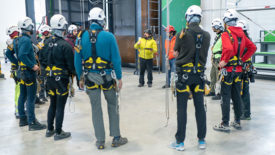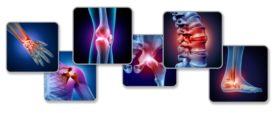Safety Training & Incentives
Learn more about Safety Training & Incentives, including PPE training driving safety, and learning systems.
ARTICLES
A lockout/tagout guide for maximum safety
Increasing the duty of care to prevent OSHA fines and protect staff
August 2, 2023
Avoid hiring your next injury
Testing for physical ability pre-employment can be beneficial, but it's important to understand legal risk
May 3, 2023
IMAGE GALLERIES
ASSE Safety 2014 Review
A gallery of photos from the sprawling Orange County Convention Center in Orlando, where ASSE’s annual professional development conference was held June 8-11. All photos courtesy of the American Society of Safety Engineers.Date: July 30, 2014
ASSE's Safety 2013 Review
A photo gallery from the Las Vegas Convention Center, where ASSE’s annual professional development conference was held June 24 to 27. All photos courtesy of the American Society of Safety Engineers.
DOCUMENTS AND FILES
Become a Leader in Safety Culture
Build your knowledge with ISHN, covering key safety, health and industrial hygiene news, products, and trends.
JOIN TODAYCopyright ©2024. All Rights Reserved BNP Media.
Design, CMS, Hosting & Web Development :: ePublishing



